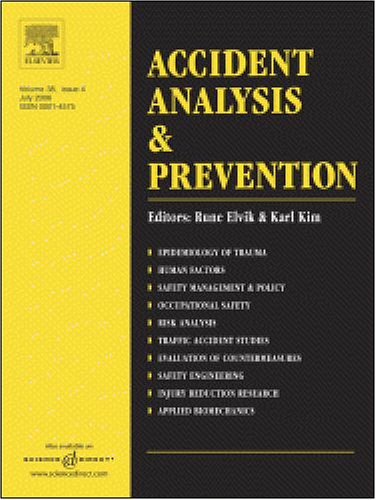
In this paper a unified methodology is presented for the modelling of the evolution of road safety in 30 European countries. For each country, annual data of the best available exposure indicator and of the number of fatalities were simultaneously analysed with the bivariate latent risk time series model. This model is based on the assumption that the amount of exposure and the number of fatalities are intrinsically related. It captures the dynamic evolution in the fatalities as the product of the dynamic evolution in two latent trends: the trend in the fatality risk and the trend in the exposure to that risk. Before applying the latent risk model to the different countries it was first investigated and tested whether the exposure indicator at hand and the fatalities in each country were in fact related at all. If they were, the latent risk model was applied to that country; if not, a univariate local linear trend model was applied to the fatalities series only, unless the latent risk time series model was found to yield better forecasts than the univariate local linear trend model. In either case, the temporal structure of the unobserved components of the optimal model was established, and structural breaks in the trends related to external events were identified and captured by adding intervention variables to the appropriate components of the model. As a final step, for each country the optimally modelled developments were projected into the future, thus yielding forecasts for the number of fatalities up to and including 2020.
| ID | pj97 |
| DOI | |
| Tags | διεθνείς συγκρίσεις, στατιστικά μοντέλα |








